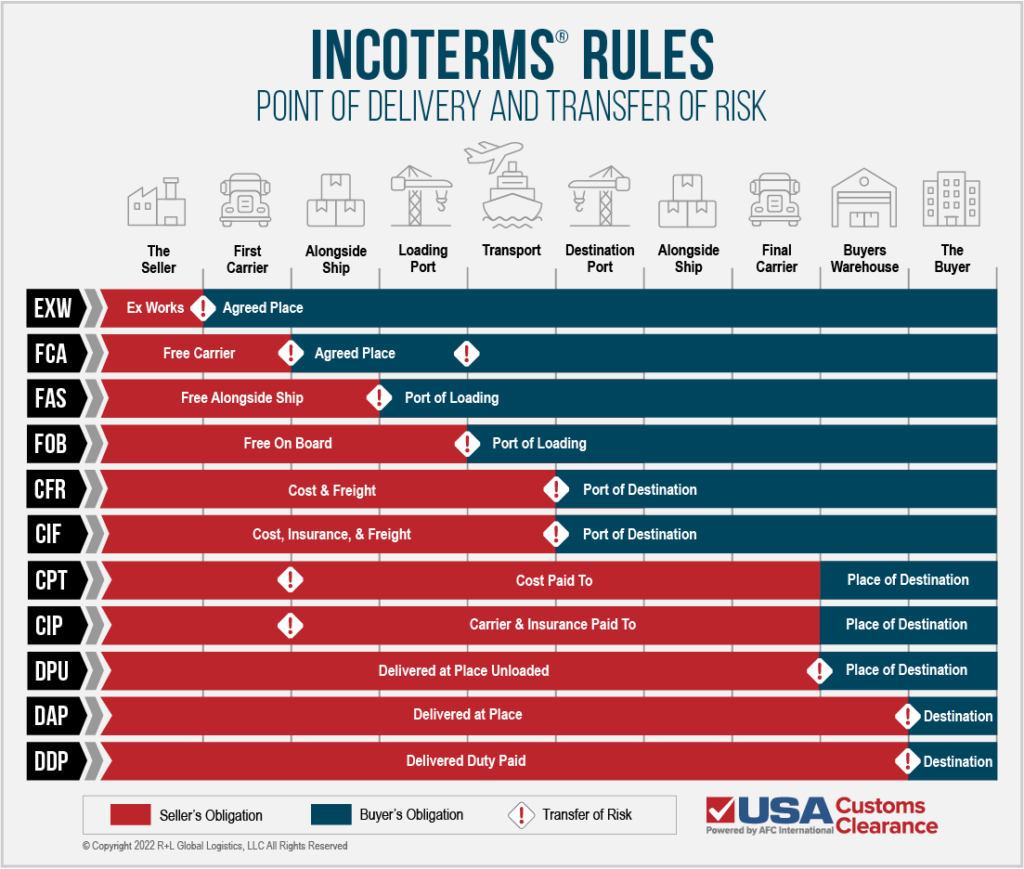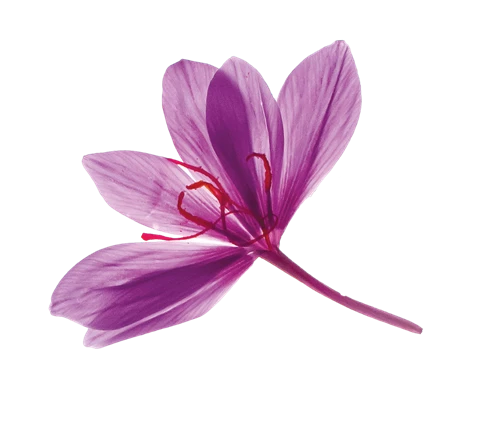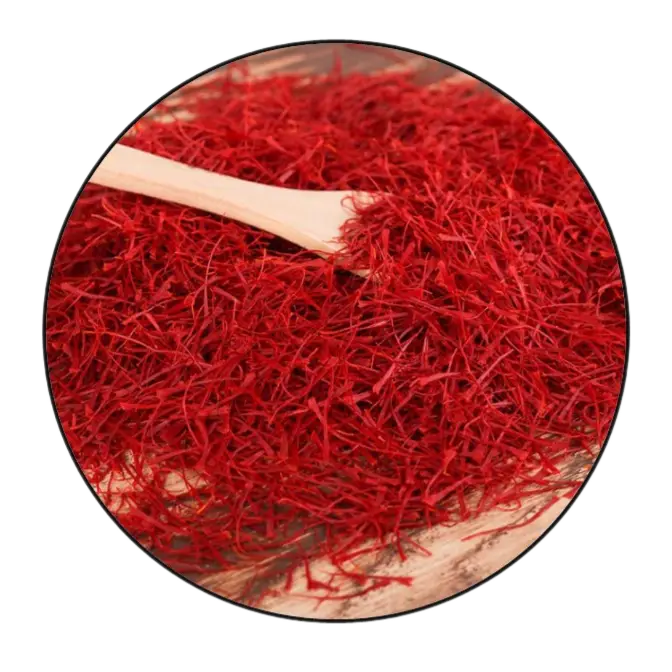Buy Saffron Powder at the Best Price
One type of Iranian saffron is called Saffron Powder. Saffron powder is made up of small pieces that come from crushing and grinding dried saffron threads (called stigmas). The size of these pieces is completely even, and they can pass through a sieve with holes that are 0.5 millimeters wide. However, the person making the powder can also decide on the size of the pieces if the customer asks for something different. It's important to know that ground saffron (which is the same as saffron powder) is a major export for the Iranian saffron industry. It is officially recognized in the Iranian national standard and the international ISO standard, and it's considered one of the three main categories of saffron. If you are interested in buying Iranian saffron powder, AriaExport company, with many years of experience in this field, is here to help you. Aria Export Send original saffron powder with high coloring strength and quality taste and aroma at wholesale prices all over the world. If you would like to buy this product, please contact our sales experts now.
Introducing and Buying Saffron Powder
What is Saffron Powder? Saffron powder is made by grinding the stigmas, or the root and stem of the saffron flower. The color and aroma of saffron powder are stronger than unground saffron (the coloring power of saffron powder is between 225 and 240.), and its easier to use. The benefits of saffron powder are used in the food, pharmaceutical, and cosmetic industries. Real saffron powder is made from the stigma of the saffron flower and is the highest quality type of saffron.
In the market, saffron powder is also known as "powdered saffron," "ground saffron," or "milled saffron." The main origins of saffron are Iran, China, and England (ranked first to third). In Iran the Khorasan Razavi province and the cities of Qaenat, Kashmar, Torbat Heydarieh, and Bajestan are key areas.
aria Export is a supplier and exporter of saffron powder to all parts of the world, and valued customers, especially importers, can be completely confident in the profitability of this product. If you intend to buy premium Iranian saffron powder, please contact our sales experts.
Saffron Powder Price
When you're looking at the price of something like saffron powder, there are two main things to keep in mind.
First, is it real or fake? If the saffron powder isn't the real stuff, it won't be as good, and that means it will usually cost less.
Second, are you buying directly? If you buy straight from the main seller or the person who makes it, the price will likely be better because there are no extra people in between adding to the cost.
AriaExport gets top quality saffron powder directly from the people who grow it. That's why we can offer you this product at the best price.

Saffron Powder Types
Saffron powder can be divided into at least 9 different types based on the original material it comes from. Each type has its own composition and uses.
- Saffron Stigma Powder (the top part of the stem; the healthy red threads)
- Whole Saffron Thread Powder (the entire stem; the healthy white and red threads)
- Saffron Root Powder (the bottom part of the stem; the healthy white, yellow, and orange threads)
- Saffron Flower Powder (the purple petals of the saffron plant)
- Saffron Anther Powder (the yellow part inside the saffron plant)
- Saffron Dust (Pollen) (the yellow pollen sifted from the red saffron threads)
- Saffron Beverage Powder (industrially processed powders like: saffron milk powder, saffron milk tea powder, saffron pistachio milk powder, saffron rock candy powder, etc.)
- Compressed Saffron Powder (processed saffron extract powders combined with industrial chemicals)
- Artificial Saffron Powder or Saffron Color Powder (unauthorized edible color powders that look like saffron color, Arab saffron powder, Mecca saffron powder, etc.)
Read More:
Saffron Powder Benefits
The benefits of saffron powder are really the same as saffron itself. According to the Healthline website, these are:
- Strong Body Protector. Saffron has special stuff in it that acts like a shield for your body's tiny parts (cells) against damage.
- Good for Feelings. It might help you feel happier and can be useful if you're feeling a little down. Some studies say it works as well as some common medicines for this.
- Could Fight Bad Growths. The things that protect your body in saffron might also be able to stop or kill bad growths in your body.
- Helps with Women's Monthly Issues. Saffron might make the problems some women have before their period feel better.
- Can Boost Desire. It could help people feel more interested in intimacy.
- Might Help with Weight. Saffron might make you feel less hungry and could help you manage your weight.
- Good for the Heart. It may help keep your blood pressure and cholesterol at healthy levels.
- Could Lower Sugar in Blood. Some early studies show it might help keep blood sugar from getting too high.
- May Help You See Better. For older people with eye problems, saffron might help their eyesight.
- Could Improve Memory. The good stuff in saffron might help older people remember things better.
- Easy to Use. You can easily put saffron in your food, and it tastes and smells nice

Saffron Powder Uses
Saffron powder, with its amazing benefits, color, and smell, is used a lot in different areas like food, medicine, and beauty products.
1- Saffron Powder in Food
In cooking and making food, saffron powder is used to give color and smell to all sorts of dishes, desserts, and sweets. Saffron powder doesn't need to be soaked and is easier to use than regular saffron threads.
2- Saffron Powder in Beauty Products
What is saffron powder used for in beauty products? Because of its great color and ability to fight damage to the body (antioxidant properties), saffron powder is used a lot in making natural beauty and personal care products.
3- Saffron Powder in Medicine
Because saffron is good for health, saffron extract and powder are used a lot in making medicines. Saffron is used to make some drugs for things like cancer, Alzheimer's, and seizures.
Ways to Keep Saffron Powder Fresh
to keep the smell and taste of saffron powder good, how you store it is also important. Now, we'll explain the best way to store saffron powder.
- Keep saffron powder in a closed container so it doesn't get exposed to light and air.
- Put saffron in a dry and cool place or in the refrigerator.
- Saffron powder doesn't last as long as saffron threads, so it's best to use it within about 6 months.
How to Tell if Saffron Powder is Fake?
Real and natural saffron powder has a dark red color, a bitter taste, and a strong, sweet smell. If the saffron powder looks too bright or too dark, it's likely fake and might have things like sugar, artificial smells, and fake color in it.
Another way to tell if saffron powder is real or fake is the price. Fake saffron powder is usually much cheaper than pure saffron.
To be sure you're buying real saffron powder, put a little bit in hot water. If it's fake, it will release its color very quickly because it has artificial coloring in it.
Saffron Powder Technical Specifications:
Saffron Powder Technical Specifications | ||
No. | Characteristics | Measurement Limit |
2 | Foreign Substances Related to Saffron Plant (Max Weight Percentage) | 0.1 |
3 | Foreign Substances Related to the Environment | Negative |
4 | Moisture and Volatile Matter (Max Weight Percentage) | 8 |
5 | Total Ash on Dry Basis (Max Weight Percentage) | 5 |
6 | Acid Insoluble Ash on Dry Basis (Max Weight Percentage) | 0.5 |
7 | Extract Soluble in Cold Water on Dry Basis (Max Weight Percentage) | 65 |
8 | Picrocrocin on Dry Matter Basis (Min) (Absorption at a Wavelength of 257 nm) | 90 |
9 | Safranal on Dry Matter Basis (Min) (Absorption at a Wavelength of 330 nm) | 30-50 |
10 | Crocin on Dry Matter Basis (Min) (Absorption at a Wavelength of 440 nm) | 225 |
11 | Additive Colors | Negative |
Microbiology:
Microbiology of Saffron Powder | ||
No. | Characteristics | Measurement Limit (CFU/g) |
1 | Total count of Microorganisms | 3*105 |
2 | Mold | 103 |
3 | Escherichia coli | Negative |
4 | Regenerative Clostridium Spores | 102 |

Storage Conditions: Saffron Powder should be stored in a dry and cool place and away from direct sunlight. Saffron should be stored in an airtight container to protect it from air exposure. Opt for the smallest container possible to minimize air contact. As you use saffron, transfer the remaining threads to an even smaller container to limit air exposure further. Saffron is sensitive to light, which can cause it to lose both color and fragrance. Use a container that blocks light or wrap the saffron in foil before placing it in the container. This helps preserve its quality. Saffron is sensitive to moisture, which can lead to mold growth or degradation of its aromatic compounds. Therefore, it’s crucial to store saffron in a low-humidity environment. Saffron readily absorbs odors from its surroundings. Store it away from strong-smelling spices or other aromatic substances.
Certifications:
- Iran National Standards Organization
- Iran Plant Protection Organization
- Standard of Good Agricultural Practices
- Organic Agricultural Products Certification
- physical, chemical and microbial analyzes from the most reliable laboratories
- HACCP
- ISO
- FSSC
- IFS
- SGS
- BRC
Maximum Limit of Heavy Metals:
Product Name | Maximum Tolerance of Heavy Metals (mg/kg) | ||||
Lead (Pb) | Cadmium (Cd) | Mercury (Hg) | Arsenic (As) | Total | |
Saffron Powder | 10 | - | 2 | 3 | 40 |
Further Details 1
Saffron Powder quality control:
Quality control is a process used to ensure that quality is maintained in products. The main purpose of this system is to ensure that the exported products meet the requirements specified in the relevant standards. At Aria Export, this process is carried out by specialized experts and the most up-to-date devices in the world.
The quality control of saffron is carried out in well-equipped and up-to-date laboratories, based on the international standard ISO 3632-1 and the national standard 259-1, which includes all the characteristics and grading of saffron. The ISO 3632 standard is a classification based on the minimum required quality characteristics of saffron.
Products are tested upon arrival by a well-equipped quality control laboratory. Various tests are performed based on defined standards for grading and other characteristics, including color (Crocin), aroma (Safranal) and taste (Picrocrocin).






